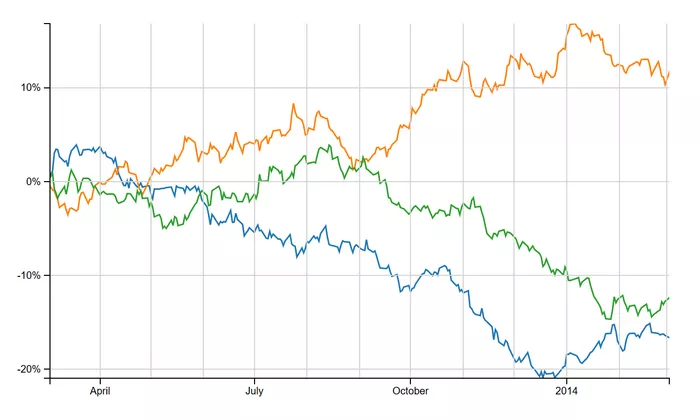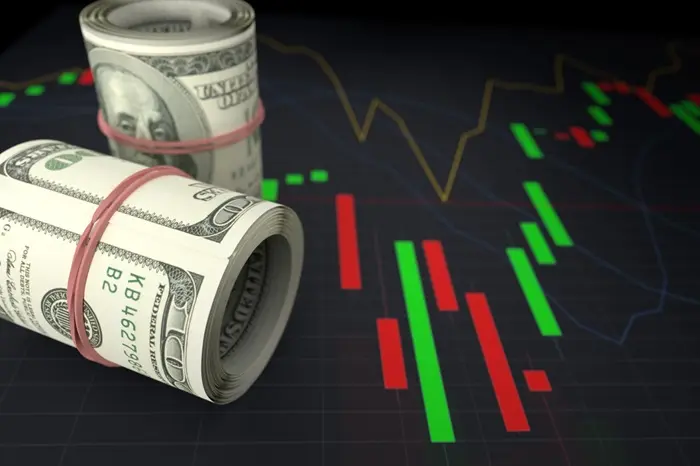Investors who had hoped the Federal Reserve would offer aid to markets hit by tariffs got an unwelcome message from its chairman on Wednesday: The Fed may be in trouble.
Federal Reserve Chairman Jerome Powell said the central bank will wait for more data on where the economy is headed before adjusting interest rates. Speaking at the Economic Club of Chicago, he pointed to the dire situation the Fed could face: tariffs driving up inflation while growth and, potentially, hiring, could weaken.
Investors worry that persistently high inflation will hamper the Fed, which typically cuts rates to support a weakening economy but is reluctant to do so for fear it would cause inflation to surge.
Investors said Powell’s comments were tougher than expected as markets have been hammered in recent weeks by President Trump’s sweeping tariffs, raising concerns about an impending recession.
“I think the market was hoping for a more dovish signal from the Fed that they were getting closer to cutting rates. And it didn’t,” said Michael Arone, chief investment strategist at State Street Global Advisors.
Since Trump announced the tariffs on April 2, stocks have experienced their most violent trading swings since the coronavirus pandemic struck five years ago.
The rapidly changing tariff situation has made it difficult for investors and businesses to determine their economic impact, as Trump has suspended high tariffs on many countries while the trade war with China escalates.
The benchmark S&P 500 index closed down 2.2% on Wednesday and is down 14% from its all-time high in February, while the tech-heavy Nasdaq Composite Index fell 3.1% on the day.
Mark Malek, chief investment officer at Siebert Financial, said the Fed is in a “very tricky situation” because of its dual mandate of maximum employment and stable prices.
Powell “finally acknowledged that tariffs will cause some form of inflation this year, which will definitely lead to lower capital spending and higher unemployment,” Malik said.
“They need to keep unemployment low and prices low, and both of those things are not working in the Fed’s favor right now.”
On Wednesday, traders did bet that the Fed would cut interest rates this year. That includes bets that the Fed will resume cutting rates in June and that the policy rate, currently in a range of 4.25%-4.50%, will be nearly a full percentage point lower by the end of the year.
Investors said Powell also made comments about a “Fed put,” where the Fed would step in if markets plunged, which could have spooked markets.
Asked if there was a “Fed put,” Powell said no and explained why. He said markets are dealing with uncertainty and volatility but are functioning normally and in an orderly manner.
Powell’s comments could be interpreted as “not necessarily relying on a ‘Fed put,’ that is, don’t rely on the Fed to bail us out,” said Sam Stovall, chief investment strategist at CFRA Research. “It might be a way of saying, oops … we really don’t have a safety net.”
Stocks were already weak before Powell’s afternoon speech, but losses intensified after his speech. The major indexes were dragged lower by technology stocks after Nvidia warned of huge losses from new U.S. restrictions on its chip exports to China.
Some investors said Powell may have simply confirmed what the market already feared – a slowing economy coupled with inflationary pressures.
“He suggested that if tariffs remain at current levels, there could be difficulties ahead for the economy,” said Rick Meckler, partner at Cherry Lane Investments. “I think investors know that. He’s just underscoring it.”































